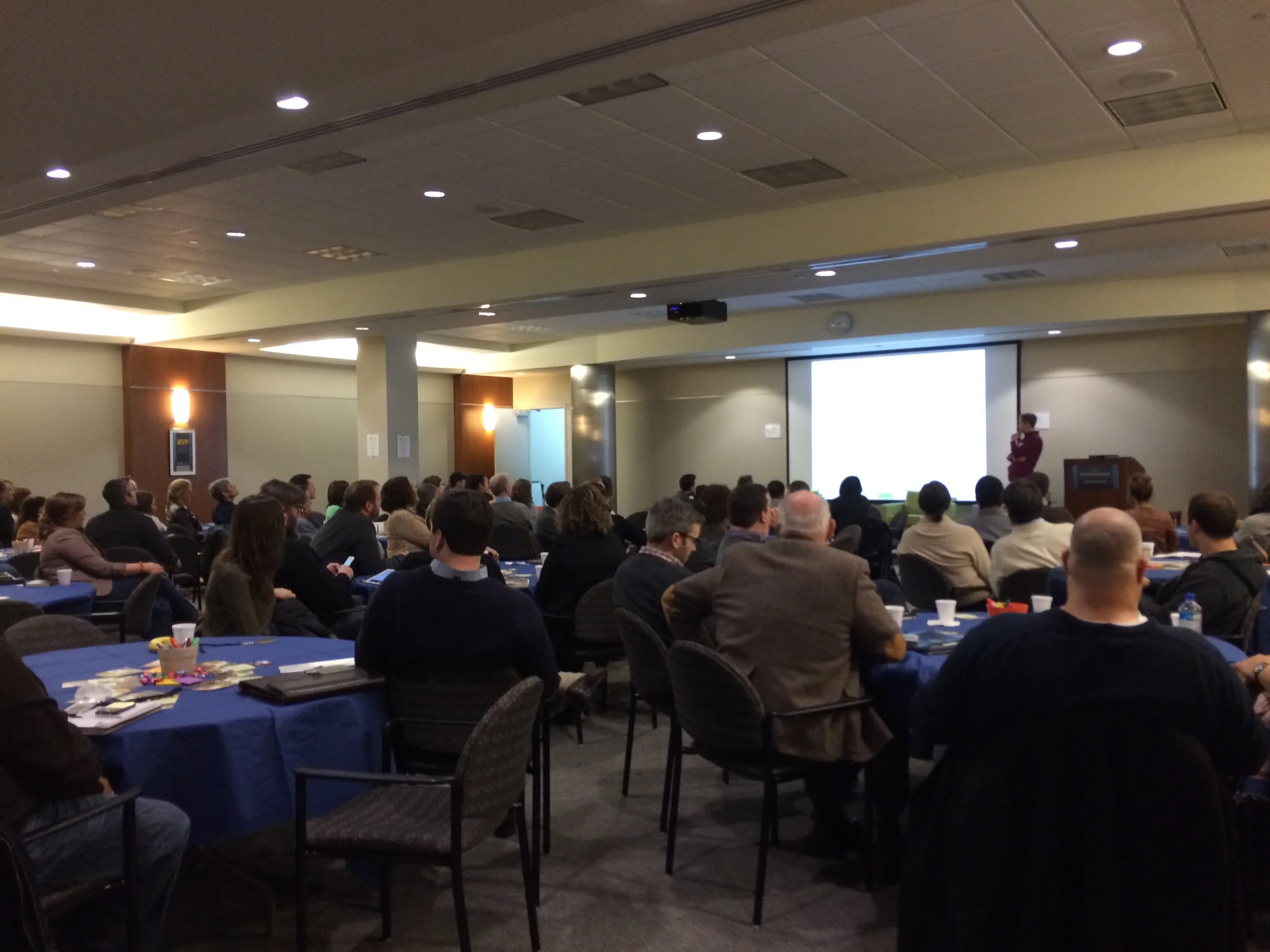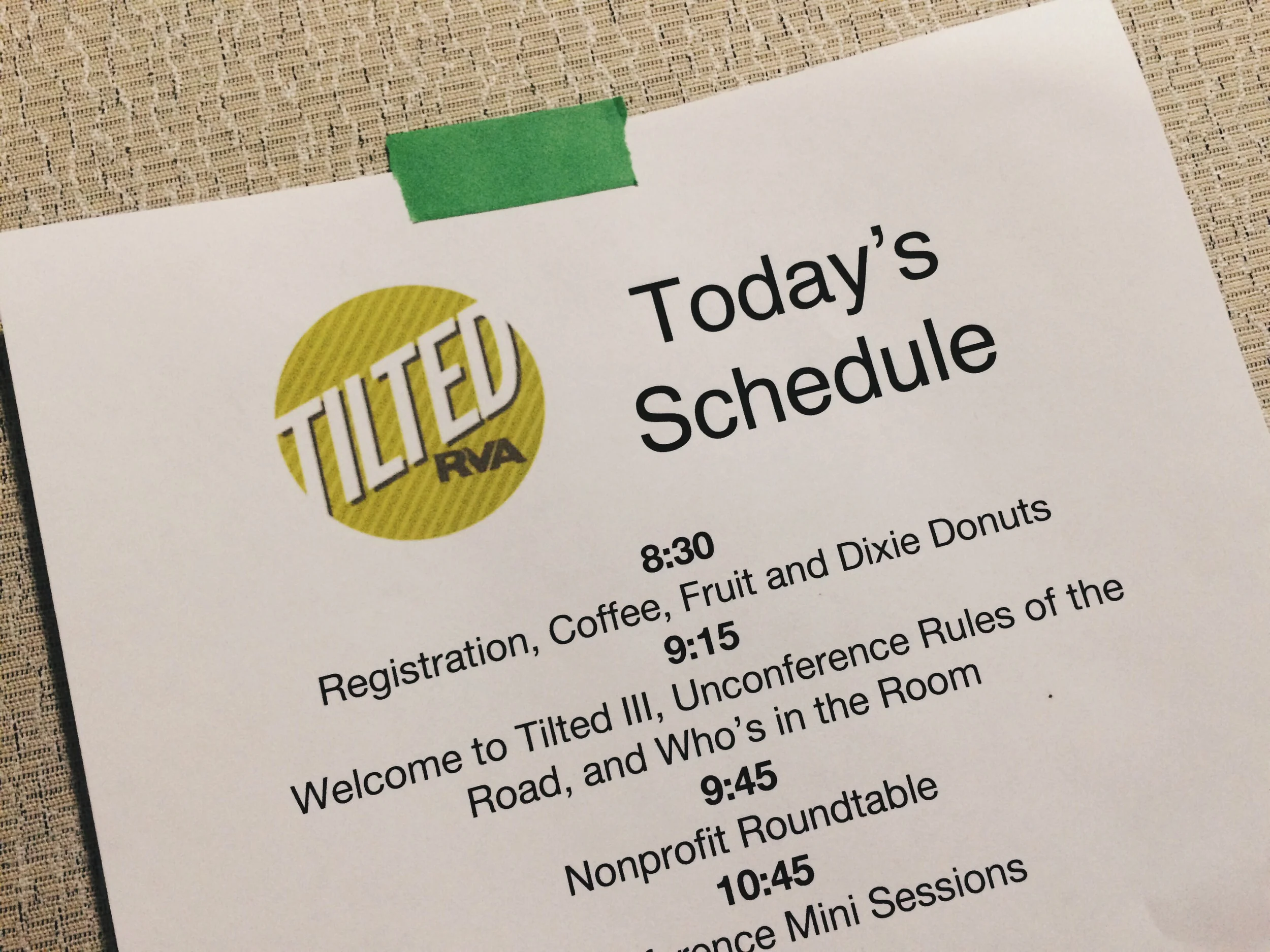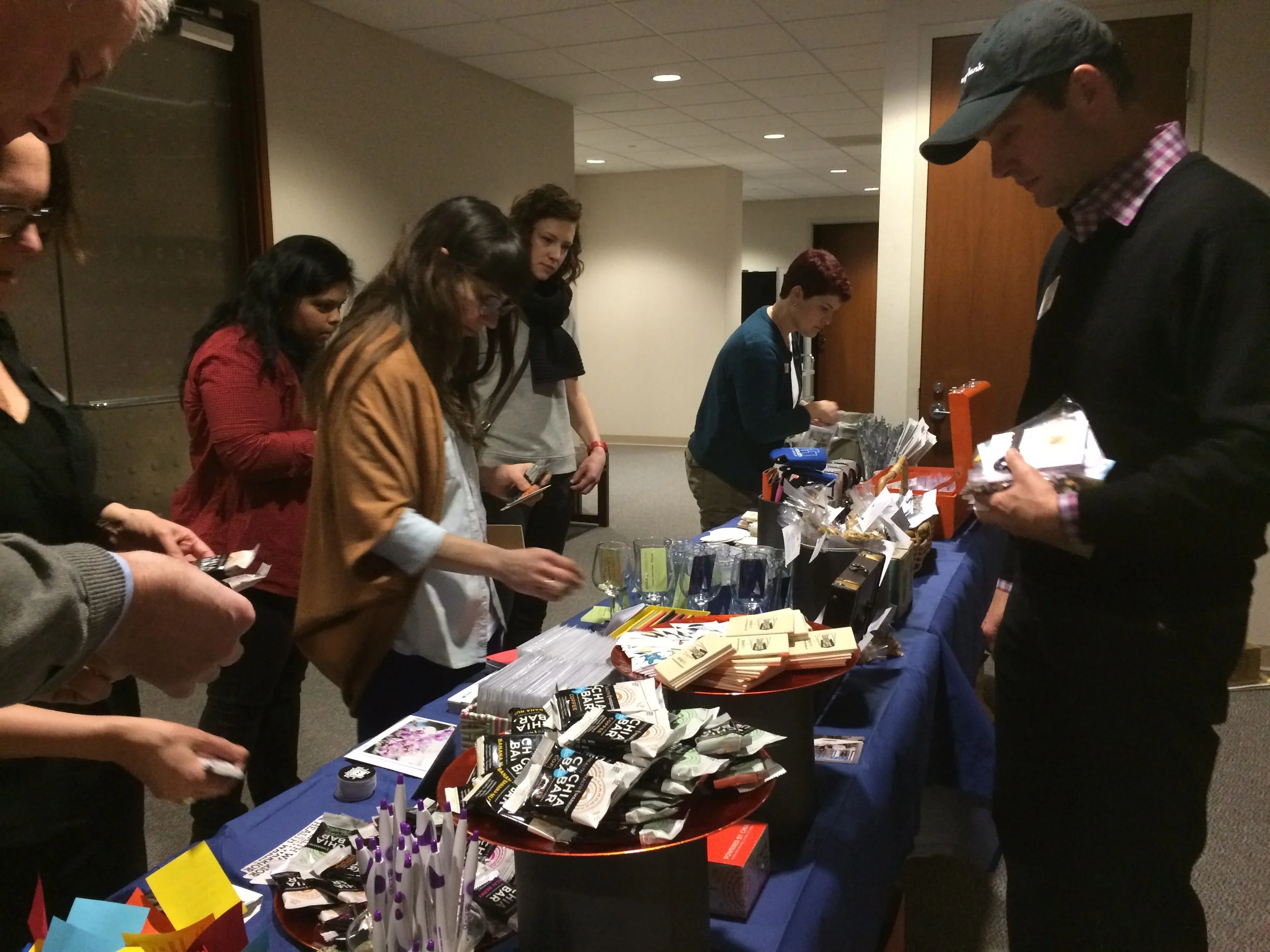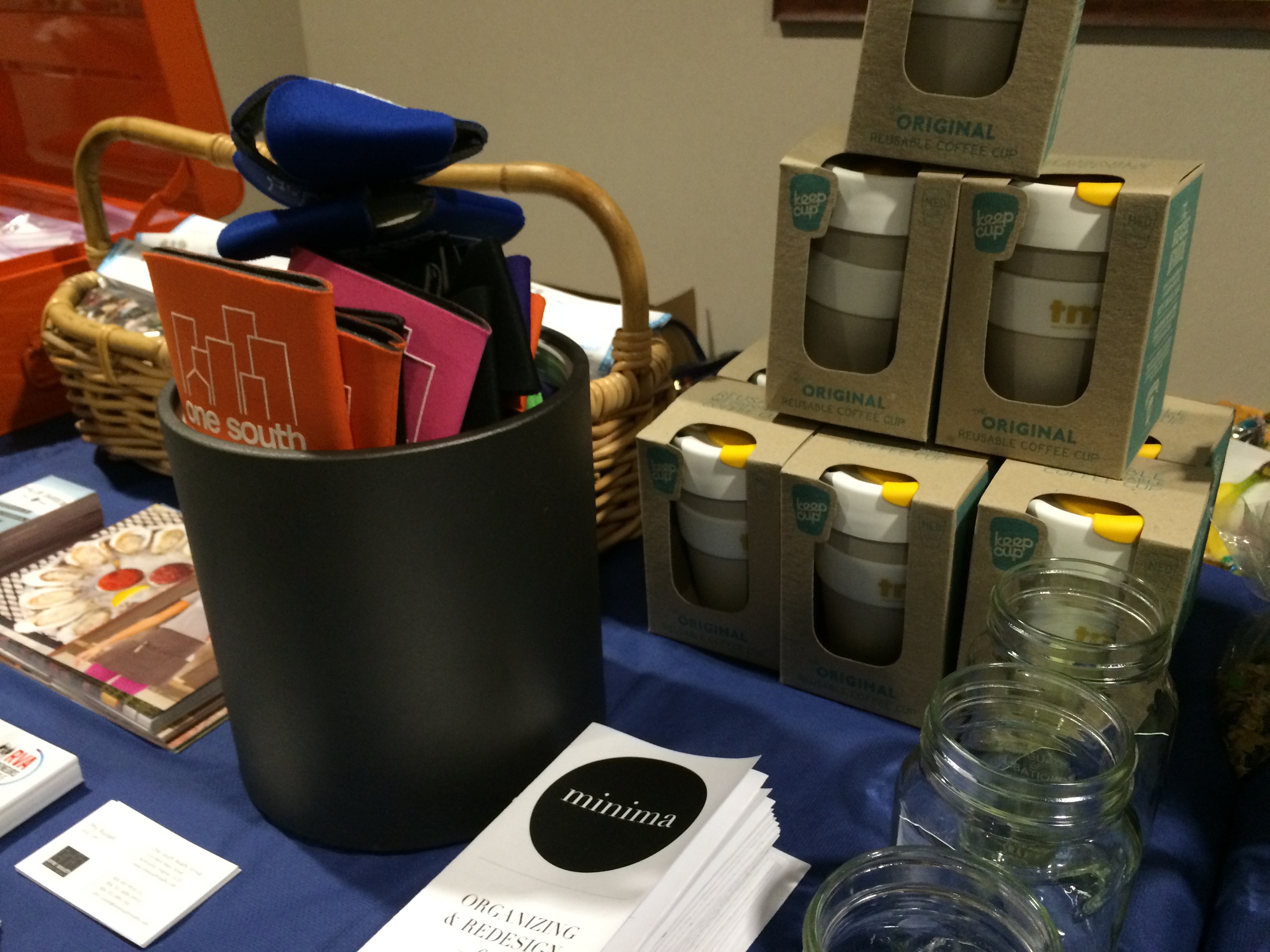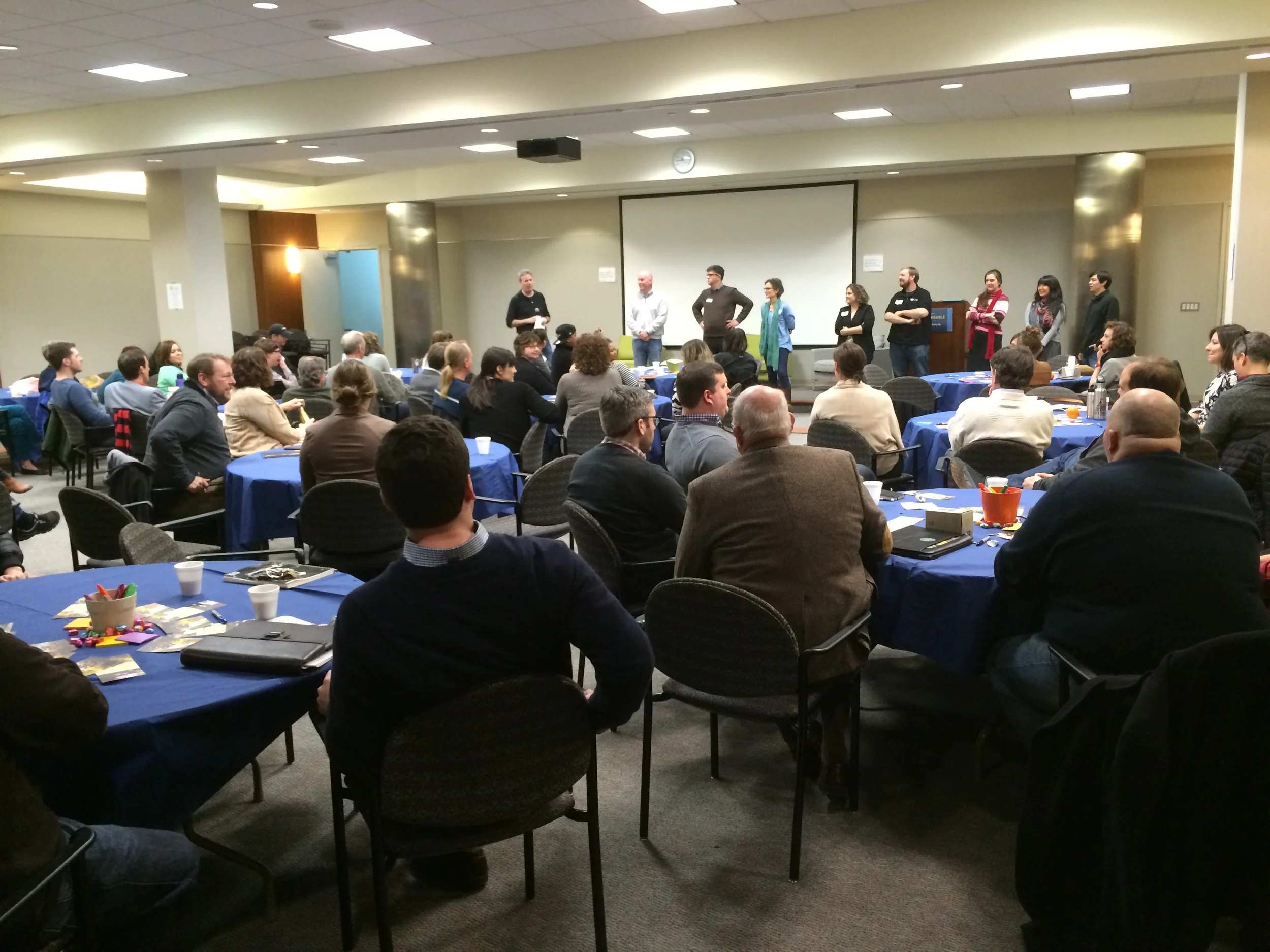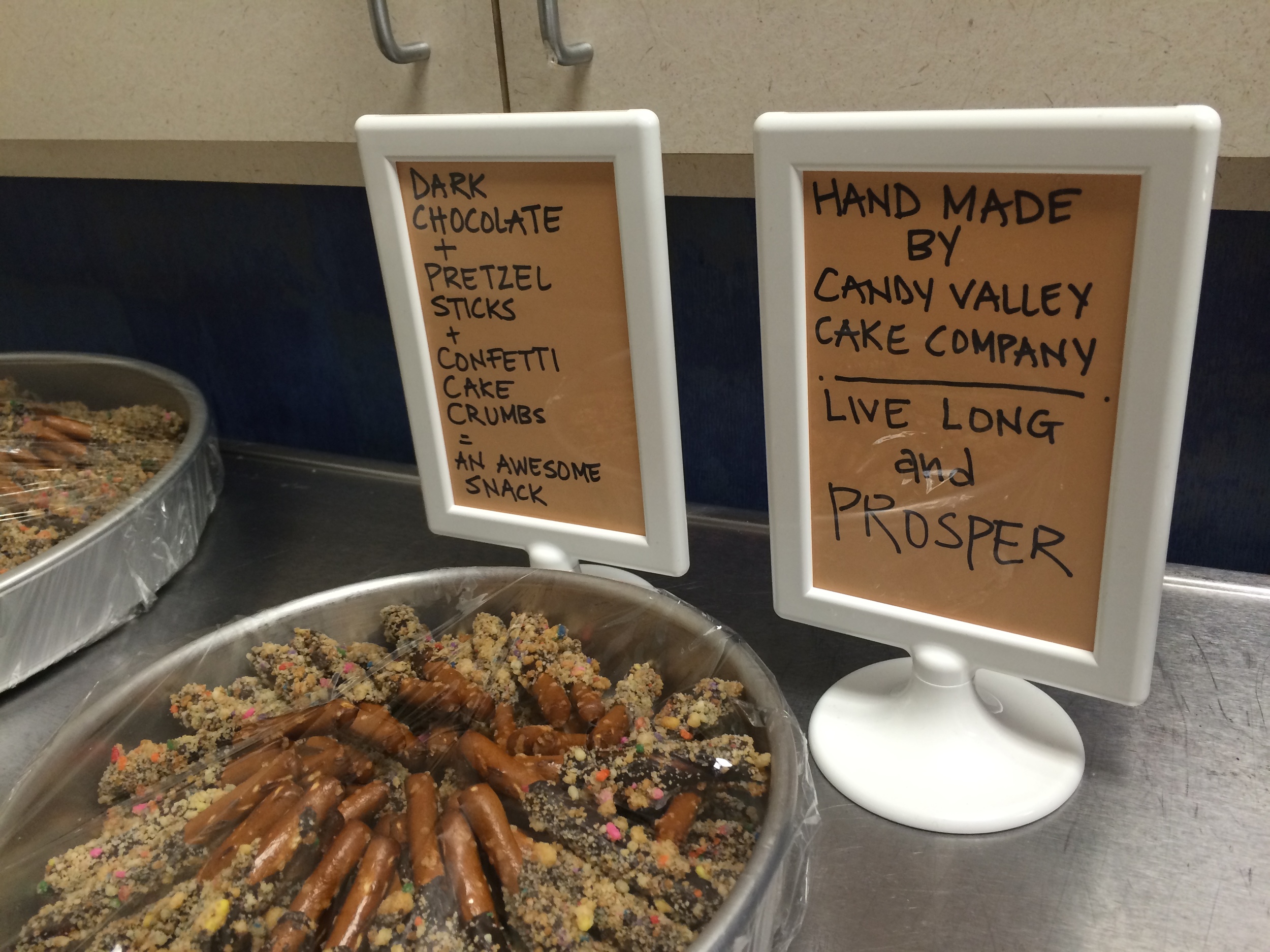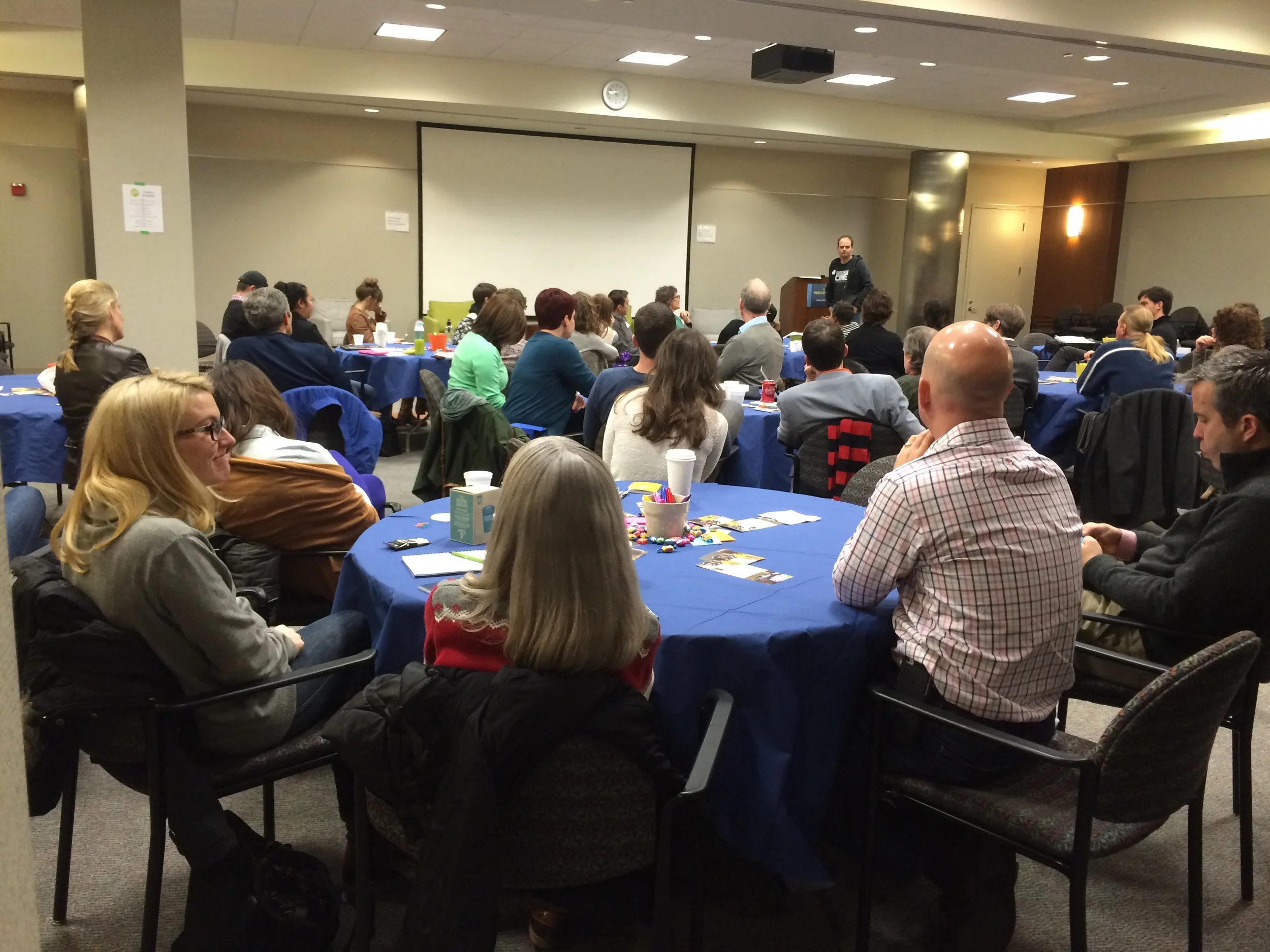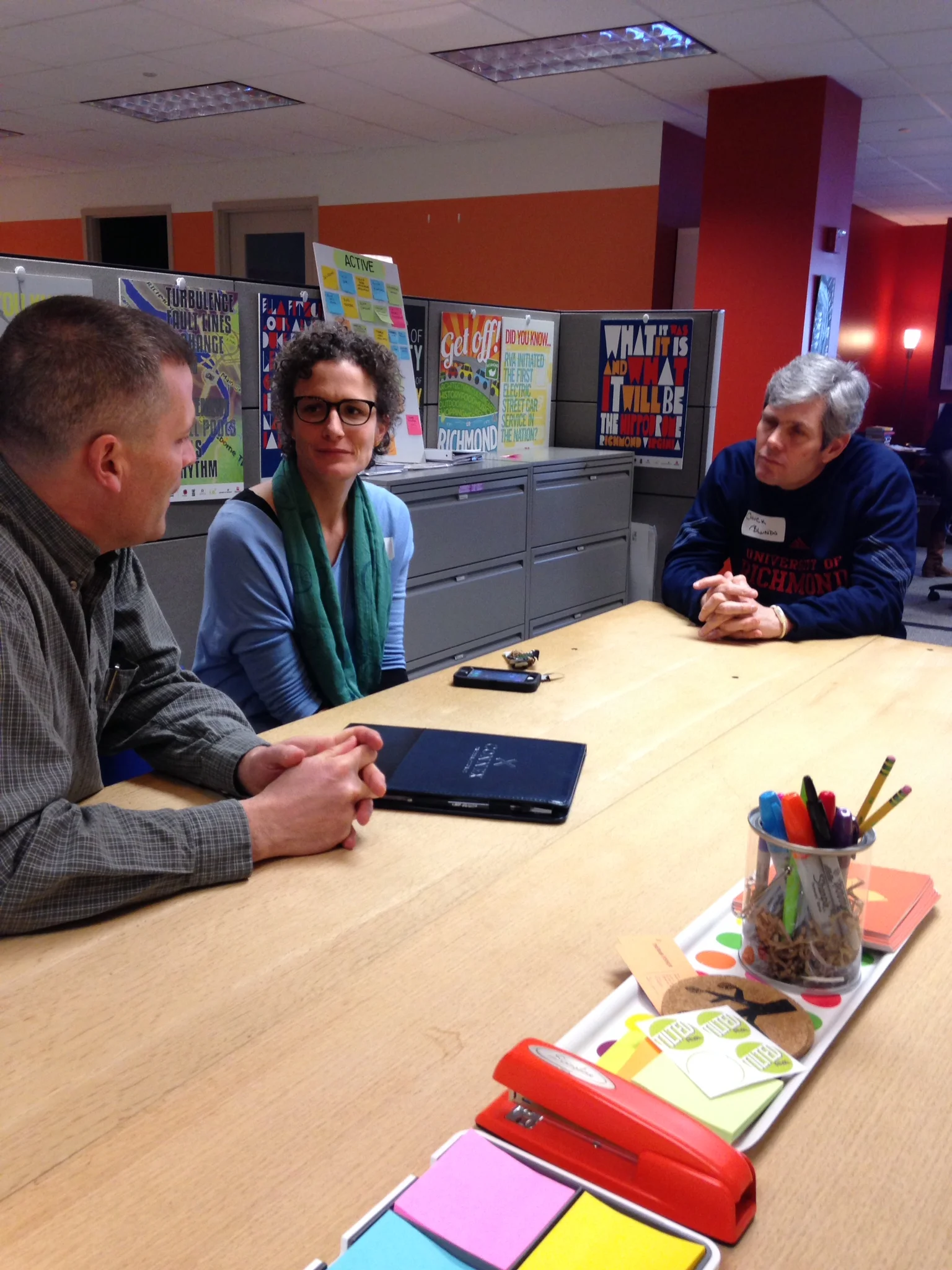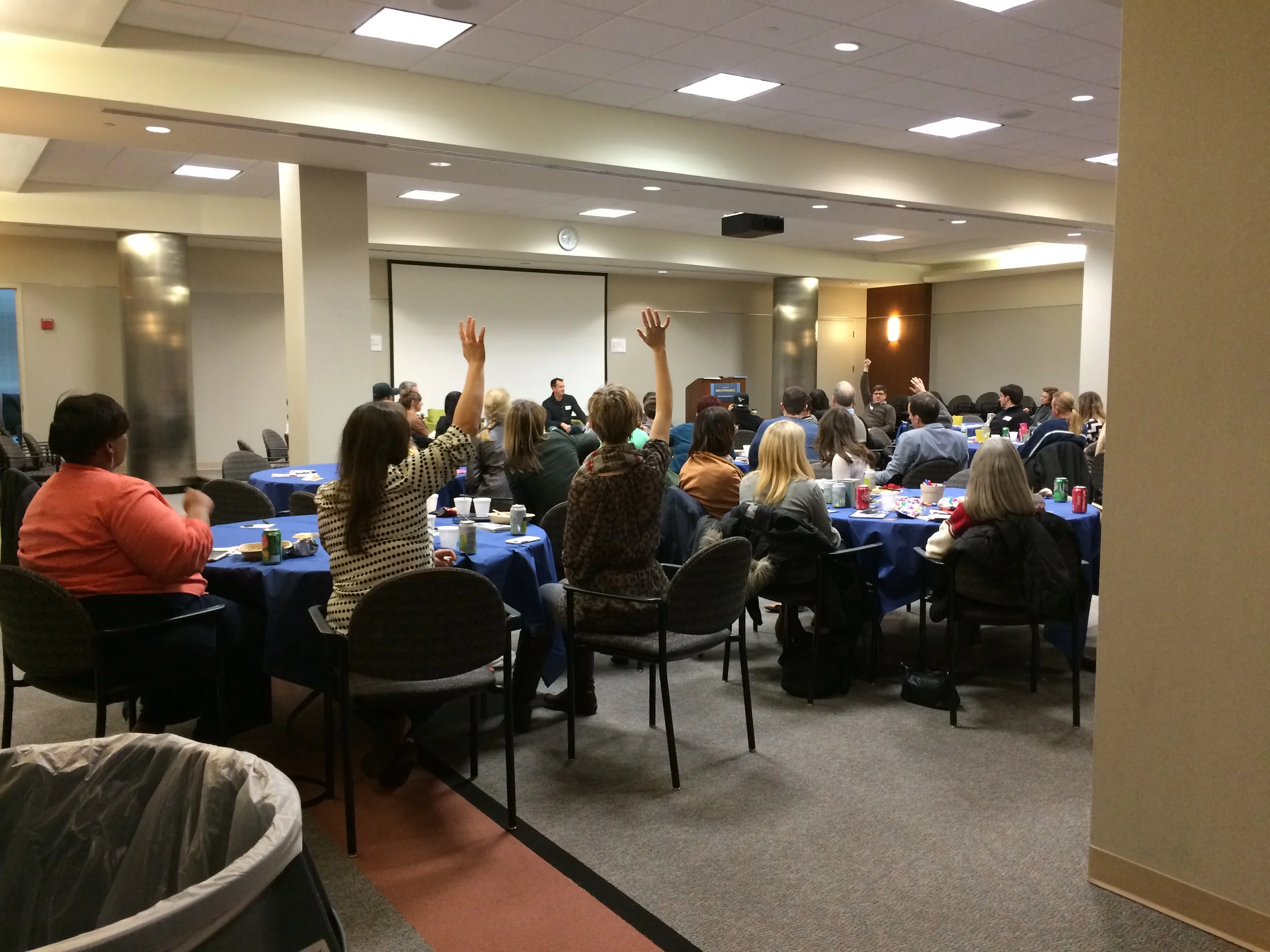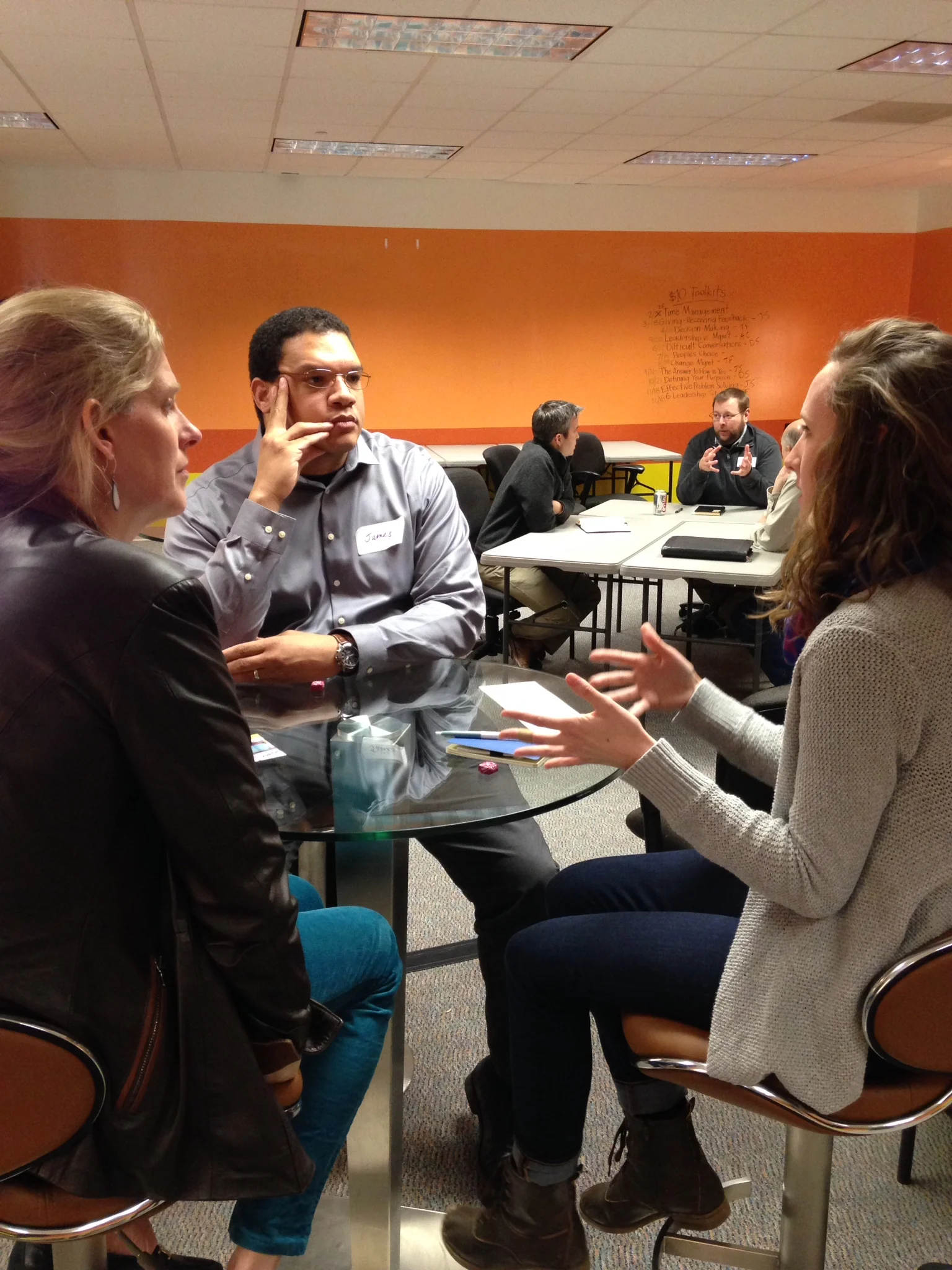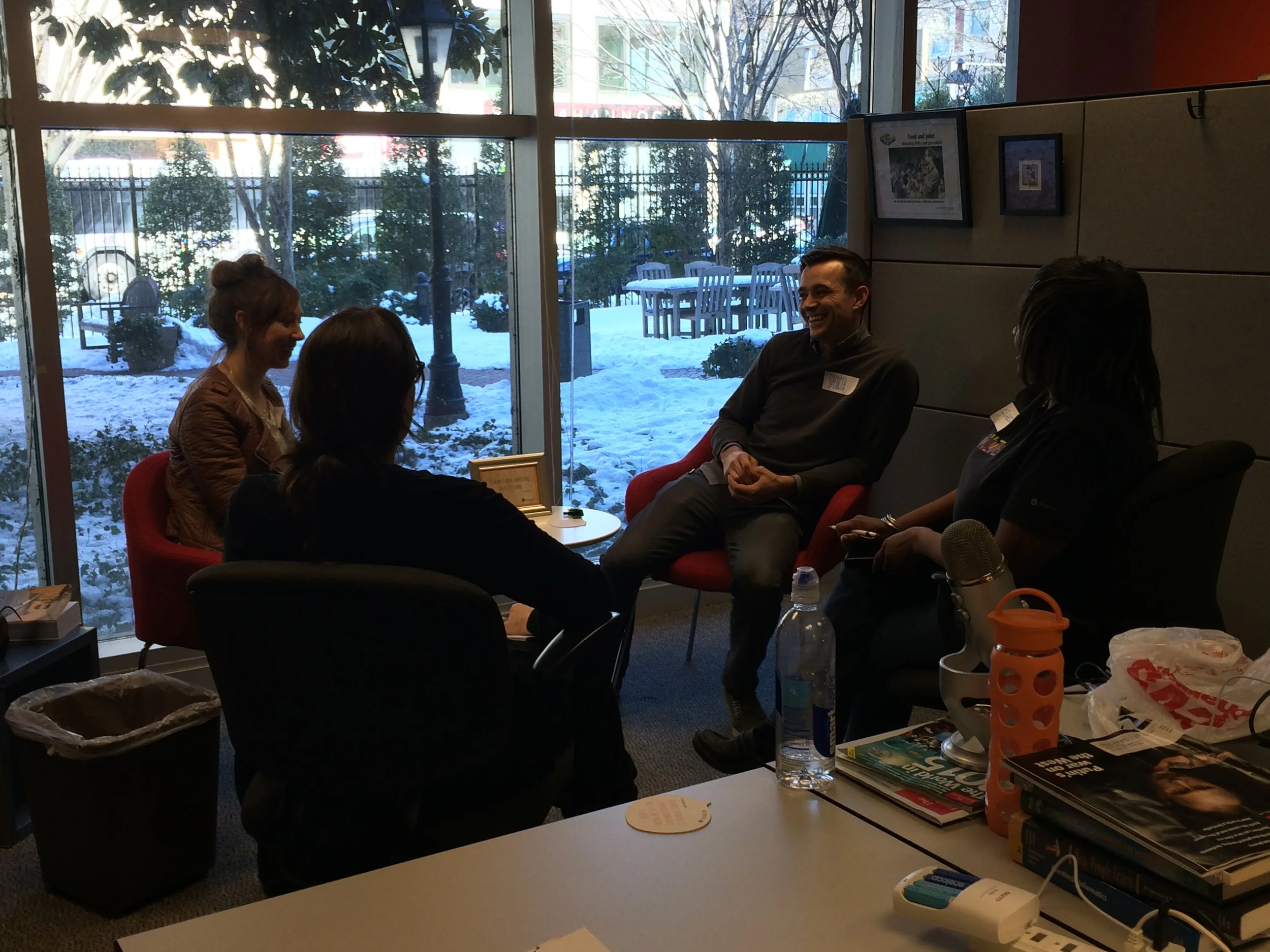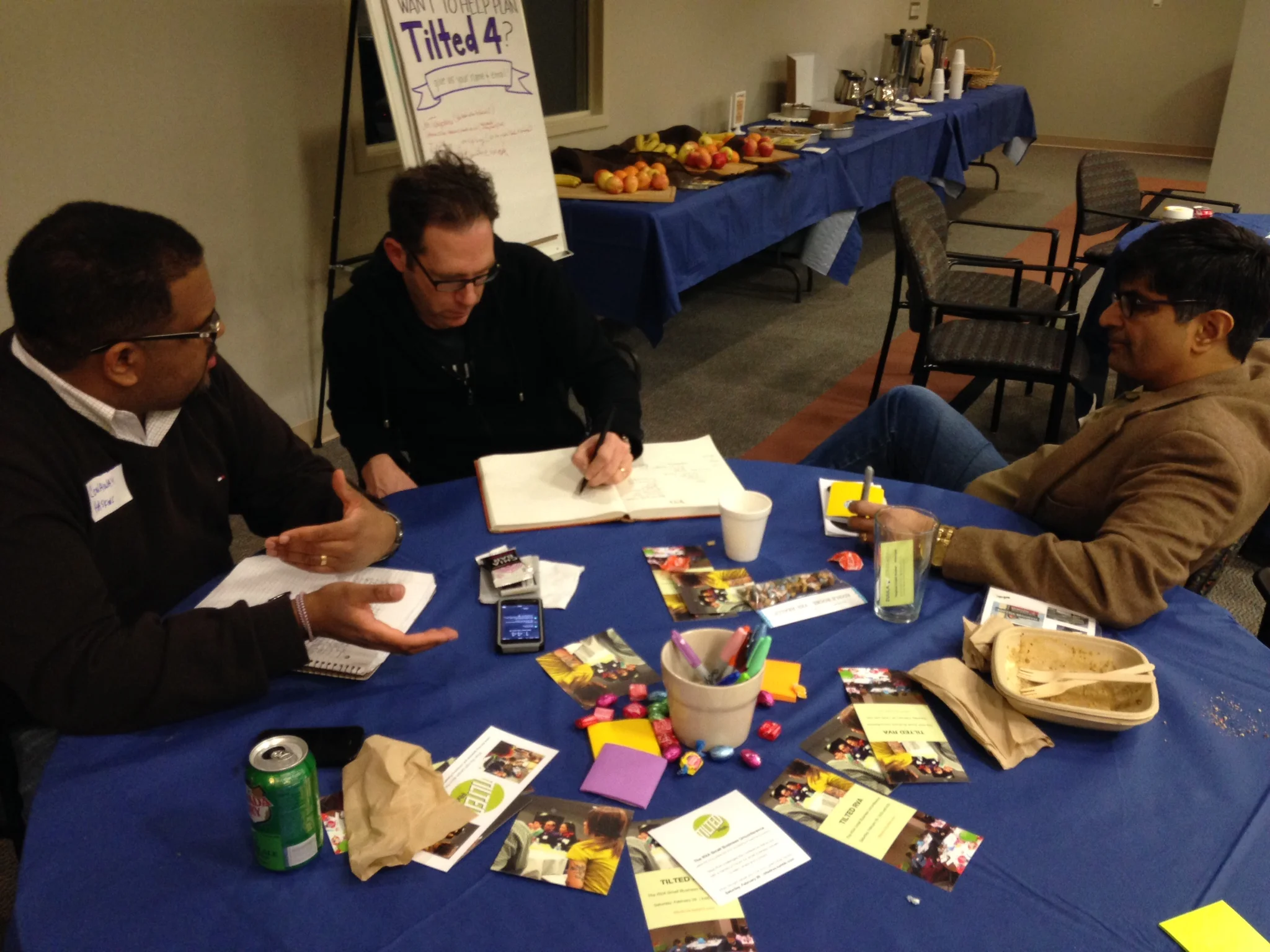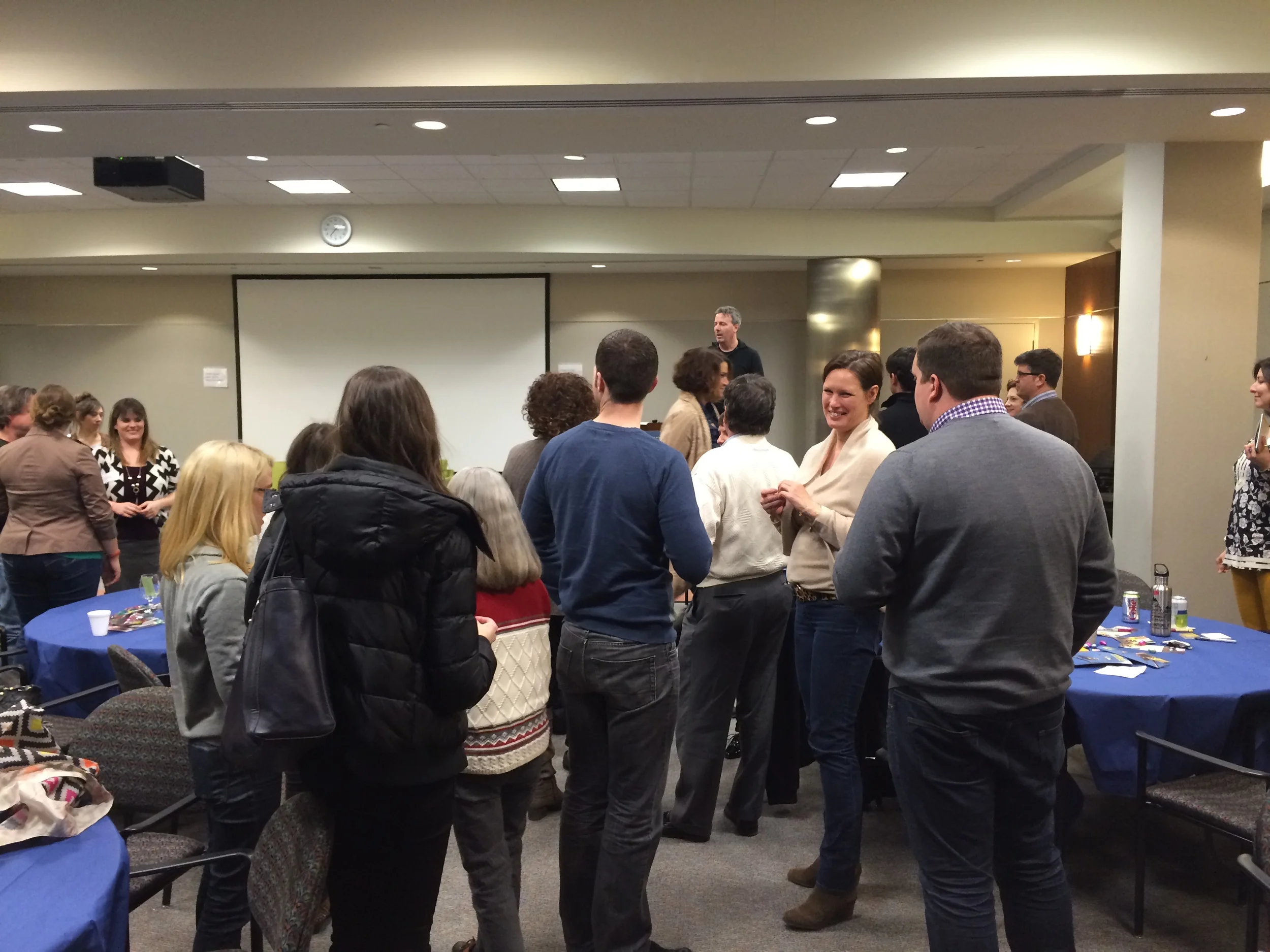During the first part of the year, I started new strategic projects with the American Civil War Museum, Blue Sky Fund, Byrd Theatre Foundation, Equality Virginia, Virginia Bankers Association, and the Virginia Mentoring Partnership. Boy, are my arms tired.
Tackling six simultaneous strategic projects at one time is asking for trouble. (And it makes for many late nights of writing. Hence the tired arms.) And yet, working with a slate of organizations as vastly unique and different as the ones we're currently winding down is a powerful reminder of why I love the work I do.
Each day at Floricane is different. When we were recently interviewing candidates for a new role with the team, almost every person asked us what a typical day at Floricane looked like. It was all we could do not to laugh. (I might have cried once or twice, actually.)
A typical day at Floricane looks like a team of passionate people working closely to help other people, and organizations, uncover and live into their best selves. Which is to say that no one day looks or feels anything like another.
I feel fortunate -- even when I am staring at strategic gobbledygook on a computer screen at two in the morning -- to have stumbled into a career where the content of every single day changes. From the positive impact of community banks on the lives of Virginia's small towns to the aspirations of a small, single-screen theater to transform the Big Screen experience to educating kids, ensuring the rights of all Virginians, and telling the story of a conflict that shaped our nation -- it doesn't get much more diverse.
Often, it's only when I slow down from a sprint like I experienced in March and April that I am able to reflect on what I've learned. This spring, once again, I learned (or affirmed) that every organization who works with Floricane is staffed by people with passion who are genuinely committed to doing great things within and for their organization. At our best, we help them to see their vision more clearly, increase their shared alignment around it, and engage more effectively in the construction of the future.















